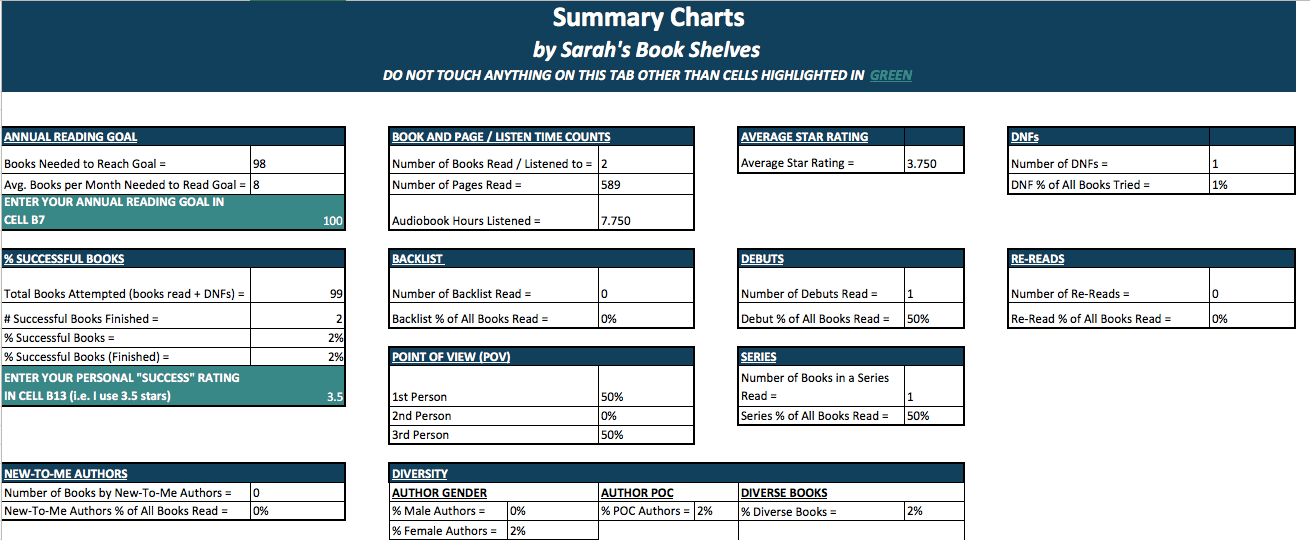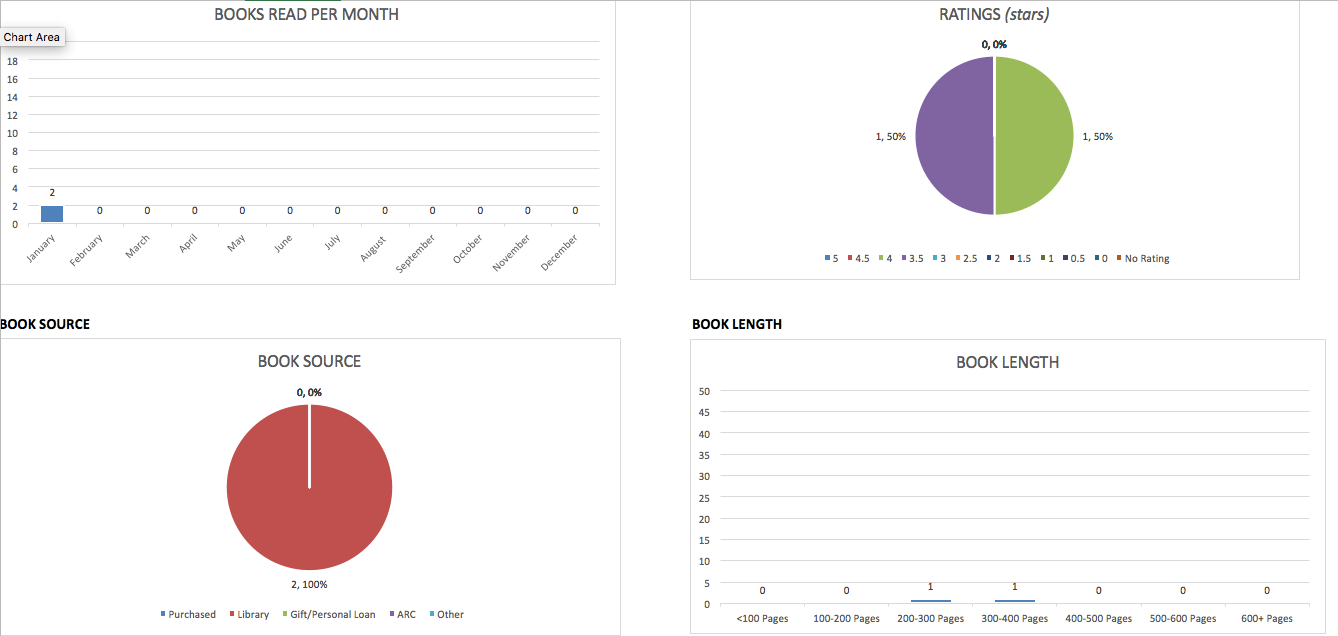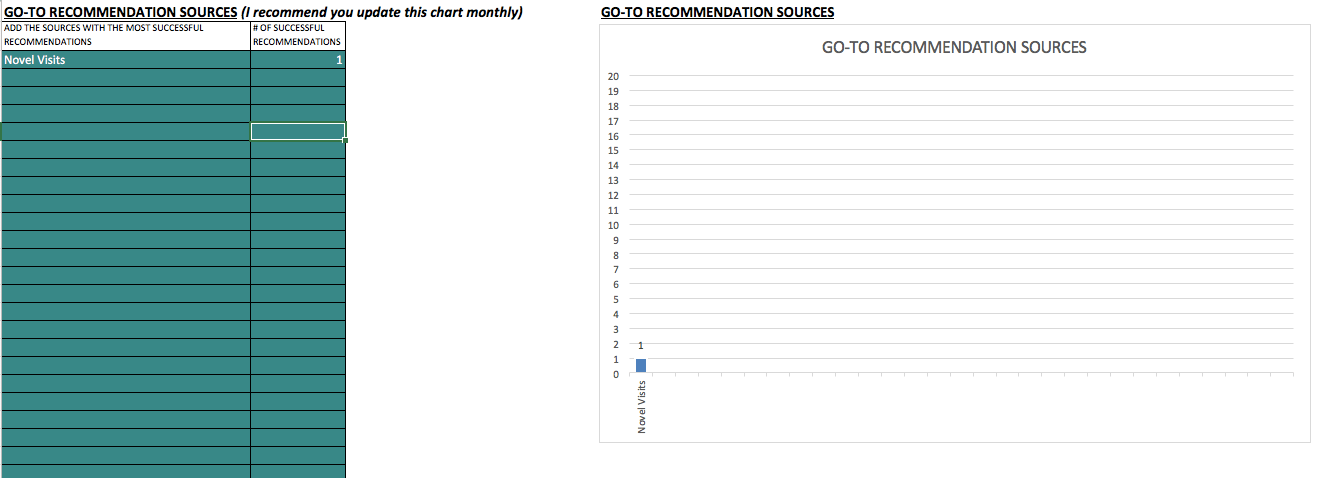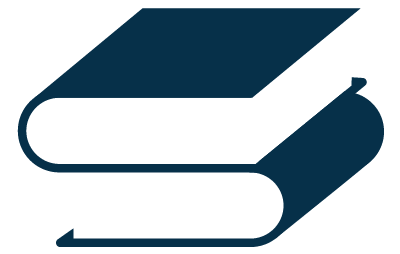
As many of you probably know, I started tracking my recommendation sources a couple years ago and using that information to pick better books. As often as possible, I’m choosing books that have already been read and recommended by trusted recommendation sources rather than from publishers’ catalogs or various “Most Anticipated” book lists. The key to success is the “already read” part because it provides an opinion beyond “does the premise sound good on paper?” and independent of publishers’ marketing machines.
Each quarter, I’m sharing my reading quality and my best recommendation sources.
My Q1 2019 Reading Quality
| % Successful Books ATTEMPTED (includes DNFs) | 63% |
| % Successful Books FINISHED (does not include DNFs) | 83% |
My Successful Books Attempted is slightly below last year (64%). My goal is to keep this success rate above 50% all year long, so I’m pleased with 63% even though it’s slightly lower than last year.
The second number gives me an extra incentive to DNF books that aren’t working for me and is slightly below last year’s number (86%).
How I Calculate My Best Book Recommendation Sources
This year, I’m approaching my best recommendation sources a little differently this year. I’m basically going to make this like a race through the end of the year.
- Each quarter, I’ll share my best recommendation sources for the entire year to date, rather than just that quarter. That way, I can see who’s moving up and down as the year progresses. Plus, it might be fun for y’all to watch!
- I’m also factoring in unsuccessful recommendations by measuring % of total recommendations that are successful.
All my Q1 top recommendation sources recommended NET 3 successful books each (meaning # successful recommendations minus # of unsuccessful recommendations)…so, to break the tie I looked at each source’s “% successful recommendations” as well.
The reason I don’t want to use % successful recommendations as my only metric is it could cause sources with 1 successful recommendation (100%) to beat out sources with, for example, 4 successful and 1 unsuccessful recommendation (75%).
And, this entire calculation is a work in progress. I’ll be tinkering with the best way to do this all year. Hopefully, I’ll have a foolproof calculation by the end of the year to include in my 2020 Rock Your Reading Tracker!
My Best Book Recommendation Sources for Q1 2019
Key Takeaways
- My overall reading quality is about the same as last year…which makes sense because last year was when I started tracking my recommendation sources. However, last year’s reading quality and this quarter’s reading quality are both over 40% better than before I started tracking my recommendation sources.
- The sources with the most successful recommendations (Annie Jones and Bustle’s 2019 Book Preview) aren’t the ones with the best percentages…which also makes sense. The more recommendations you take from someone, the higher the chance that source will eventually recommend a book that doesn’t work out.
- Tyler Goodson is missing from this list…he was one of my best recommendation sources last year, but I haven’t had as good a luck with his recommendations this year. But, so far this year, he’s actually negative territory with 2 successful recommendation sources and 4 unsuccessful ones. I’ll be interested to see if that changes.
Who have been your best and worst recommendation sources lately?
How I Keep Track of My Reading Quality and Best Recommendation Sources…and You Can Too!
Are you thinking it takes me hours to calculate my reading quality and keep track of my Best and Worst recommendation sources every month? Well, it totally could, but it doesn’t. I use my “Rock Your Reading” Tracker, which automatically calculates my reading quality for me and helps me easily keep track of my recommendation sources.
If you’re interested in tracking your own reading quality and recommendation sources, you can purchase my tracker for $11.99! Go here for more details or purchase below!



Purchase the tracker…
Pin this post…


Can you help me understand what successful books attempted means? If it includes DNF, why are those categorized as successful vs. unsuccessful?
Sure! Successful books attempted means the % of books I finished AND DNF’d that were successful. The DNF’s don’t count in my successful books number, they count in the total books number. So, let’s say I finished 5 books (4 of those books were successful) and DNF’d 5 books. My “% successful books attempted” would be 4/10 = 40%. And, my “% Successful Books Finished” would be 4/5 = 80%. Does that make sense?
I include the books attempted metric to account for all my selections and then do the successful books finished metric to reward myself for DNFing books I’m not enjoying.
Hi Sarah! So when you say “successful” you mean…commercially? Or successful with you – so DNF is unsuccessful? Sorry – just trying to understand what you mean by success in this context! Thank you! I love your analytical stats approach.
Hi! Sorry – I should have been more clear about that! I mean successful for me…which I define as a rating of 3.5 stars or higher. You can define “successful book” for yourself anyway you want!
Thanks for explaining!
Woops – meant to respond here…Thanks for explaining! 🙂
Always fun to look at your stats, Sarah. I’m curious how you keep track of who recommends books to you because I see books that are recommended by several people. Do you return to your TBR list and add people every time you hear a different person mention a book? That’s a lot of work!
I need to up my percentage next quarter. I’m out to find you some great books!
I love how you dive so deeply into your reading! You have this down to a science! Thanks also for listing your top recommenders. I use some of them as well, but now have new people to look to. Great post!